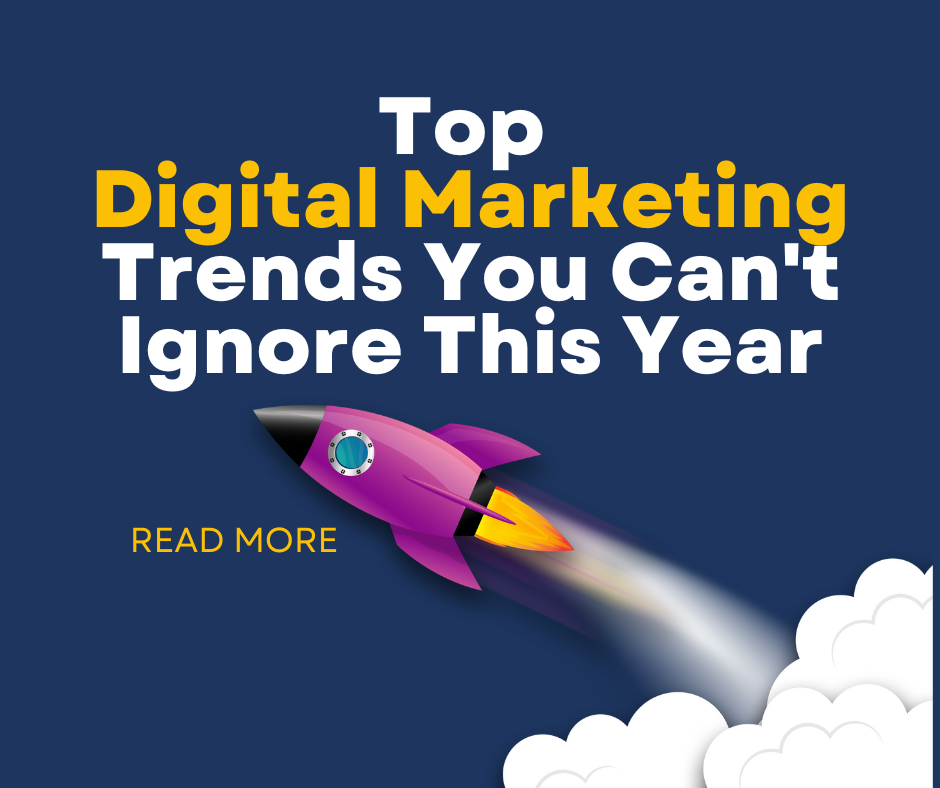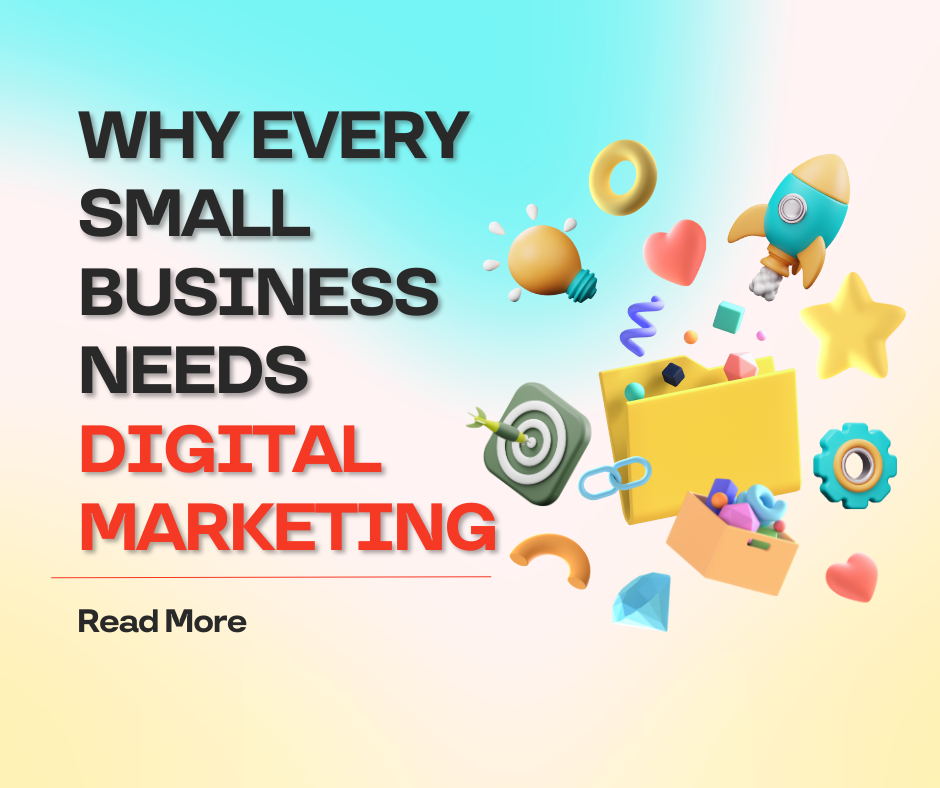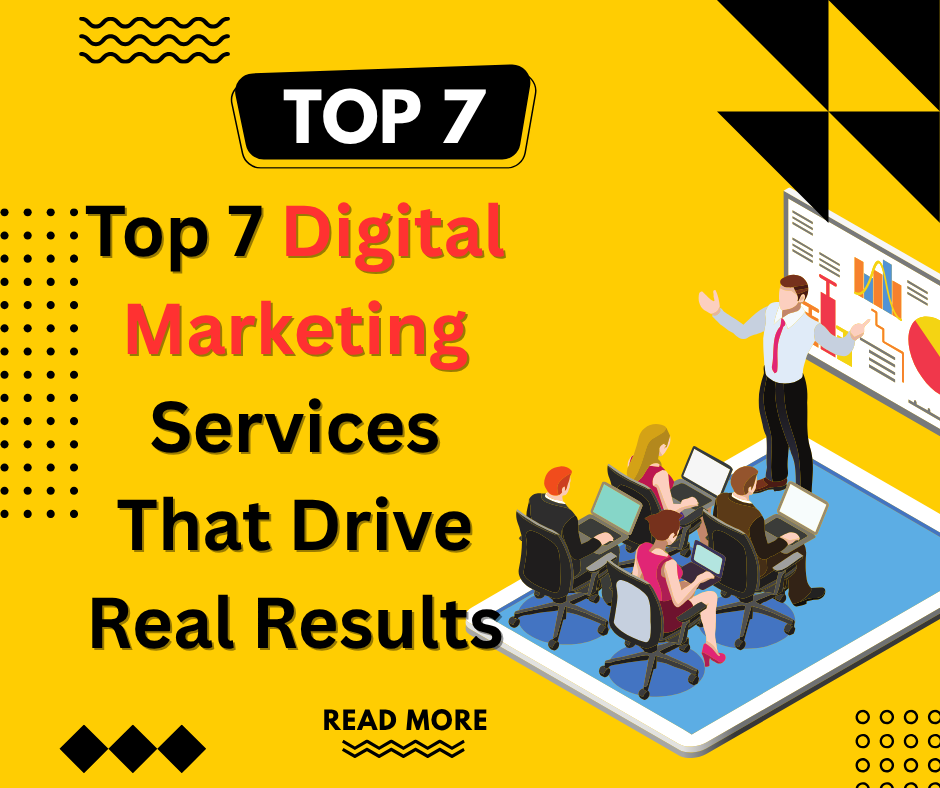Introduction
Digital marketing trends 2025 are reshaping how businesses connect with customers, drive engagement, and generate revenue in an increasingly competitive online landscape. The rapid evolution of technology, changing consumer behaviors, and emerging platforms have created unprecedented opportunities for forward-thinking marketers to gain competitive advantages.
This year brings revolutionary changes in artificial intelligence integration, personalization capabilities, and customer experience optimization that are fundamentally altering marketing strategies across all industries. Businesses that embrace these transformative trends will capture greater market share, while those who ignore them risk becoming obsolete.
Understanding and implementing the latest marketing strategies isn’t just about staying current—it’s about positioning your business for sustained growth and market leadership. This comprehensive guide explores the most impactful digital marketing innovations that will define success in 2025 and beyond.
What Are Digital Marketing Trends and Why Do They Matter?
Digital marketing trends represent the evolving patterns, technologies, and strategies that shape how businesses communicate with their target audiences through digital channels. These trends emerge from technological advancements, consumer behavior shifts, platform algorithm changes, and market dynamics that create new opportunities for customer engagement.
Understanding digital marketing trends is crucial because consumer expectations and technology capabilities evolve rapidly. Marketing strategies that worked effectively last year may become less effective or even counterproductive as platforms update their algorithms and user preferences change.
The most successful businesses consistently monitor emerging trends and adapt their marketing approaches accordingly. This proactive stance allows them to capitalize on new opportunities before competitors recognize their potential, creating significant first-mover advantages in their markets.
Digital marketing trends also reflect broader societal changes, including privacy concerns, mobile-first behaviors, and demand for authentic brand interactions. Companies that align their marketing strategies with these underlying trends build stronger customer relationships and achieve better long-term results.
Staying ahead of digital marketing trends requires continuous learning, experimentation, and willingness to pivot strategies based on performance data and market feedback. The investment in trend awareness and adaptation typically yields substantial returns through improved engagement rates, conversion optimization, and customer lifetime value increases.
6 Game-Changing Digital Marketing Trends Dominating 2025
1. AI-Powered Personalization and Customer Experience
Artificial intelligence has revolutionized personalization capabilities, enabling businesses to deliver hyper-targeted content and experiences at unprecedented scale. Advanced AI algorithms analyze customer behavior patterns, preferences, and purchase history to create individualized marketing messages that resonate with specific audience segments.
Machine learning platforms now predict customer needs and automatically adjust website content, email campaigns, and product recommendations in real-time. This level of personalization increases conversion rates by 30-50% compared to generic marketing approaches.
2. Interactive and Immersive Content Experiences
Interactive content formats including polls, quizzes, augmented reality experiences, and interactive videos are driving significantly higher engagement rates than traditional static content. These formats encourage active participation and create memorable brand experiences that foster deeper customer connections.
Virtual and augmented reality technologies are becoming more accessible, allowing businesses to create immersive product demonstrations, virtual showrooms, and experiential marketing campaigns that differentiate their brands from competitors.
3. Voice Search and Conversational Marketing Optimization
Voice search queries continue growing rapidly, with over 50% of adults using voice search daily. This trend requires optimizing content for conversational, question-based queries and natural language patterns that differ significantly from traditional text-based searches.
Chatbots and conversational AI are becoming more sophisticated, providing instant customer support and guiding prospects through sales funnels with personalized interactions that feel increasingly human-like.
4. Privacy-First Marketing and Zero-Party Data Collection
With increasing privacy regulations and the phase-out of third-party cookies, successful marketers are focusing on zero-party data collection strategies. This approach involves directly asking customers for information in exchange for value, creating transparent data relationships.
Businesses are implementing progressive profiling techniques, preference centers, and value-exchange programs that encourage customers to willingly share information while maintaining trust and transparency.
5. Short-Form Video Content and Social Commerce Integration
Short-form video content on platforms like TikTok, Instagram Reels, and YouTube Shorts continues dominating social media engagement. These platforms are integrating shopping features that allow direct purchasing without leaving the platform, creating seamless social commerce experiences.
Live shopping events and shoppable video content are becoming standard features across social platforms, blending entertainment with e-commerce to create engaging purchase experiences.
6. Sustainable Marketing and Purpose-Driven Brand Messaging
Consumers increasingly support brands that demonstrate genuine commitment to social and environmental causes. Purpose-driven marketing campaigns that align with customer values create stronger emotional connections and brand loyalty.
Sustainable marketing practices, including eco-friendly packaging highlights, carbon-neutral shipping options, and social responsibility initiatives, are becoming key differentiators in purchase decisions.
Essential Tools for Implementing Digital Marketing Trends 2025
Modern digital marketing requires sophisticated tools to implement and manage emerging trends effectively. AI-powered marketing platforms like HubSpot, Marketo, and Salesforce Einstein provide advanced personalization capabilities and predictive analytics that enable trend-based strategies.
Social media management tools including Hootsuite, Sprout Social, and Later offer features for managing short-form video content, social commerce integration, and cross-platform campaign coordination. These platforms help marketers stay current with platform-specific trends and algorithm changes.
Analytics and data visualization tools like Google Analytics 4, Adobe Analytics, and Tableau provide insights into emerging customer behavior patterns and trend performance metrics. Understanding these data points is crucial for identifying which trends drive the best results for specific business models.
Content creation tools such as Canva, Loom, and Adobe Creative Suite enable businesses to produce high-quality interactive and video content without extensive technical expertise. These accessible tools democratize advanced content creation capabilities.
Marketing automation platforms facilitate implementation of privacy-first data collection strategies and conversational marketing approaches. Tools like ConvertKit, ActiveCampaign, and Mailchimp offer features for progressive profiling and zero-party data management.
Common Mistakes When Adopting Digital Marketing Trends
Many businesses fail to achieve desired results from new marketing trends due to fundamental implementation errors. Jumping on every trending strategy without considering alignment with business objectives and target audience preferences wastes resources and dilutes marketing effectiveness.
Insufficient testing and measurement prevent businesses from understanding which trends actually drive meaningful results. Implementing new strategies without proper analytics setup and performance benchmarks makes optimization impossible.
Neglecting to train team members on new tools and strategies leads to poor execution and missed opportunities. Successful trend adoption requires investment in education and skill development across marketing teams.
Abandoning proven strategies too quickly in favor of new trends can hurt overall marketing performance. The most effective approach combines established, successful tactics with carefully selected emerging trends.
Focusing on vanity metrics instead of business impact leads to misguided trend adoption. Trends should be evaluated based on their ability to drive revenue, customer acquisition, and other meaningful business outcomes.
Failing to consider customer privacy and data protection requirements when implementing new technologies can result in compliance issues and customer trust problems. Privacy-first approaches should be built into all trend adoption strategies.
Underestimating the time and resources required for effective trend implementation often leads to half-hearted execution that fails to produce results. Successful trend adoption requires committed investment and patience.
Frequently Asked Questions
Q: How quickly should businesses adopt new digital marketing trends? A: Take a measured approach by testing new trends on a small scale before full implementation. Monitor performance for 30-60 days and expand successful strategies gradually. Avoid adopting every trend immediately without strategic consideration.
Q: Which digital marketing trends offer the highest ROI potential? A: AI-powered personalization and privacy-first data collection typically deliver the highest ROI because they improve targeting accuracy and customer experience. However, the best trends for your business depend on your audience and industry.
Q: How can small businesses compete with larger companies in implementing marketing trends? A: Small businesses can move faster and be more agile in adopting new trends. Focus on trends that don’t require massive budgets, such as short-form video content creation and conversational marketing approaches.
Q: What’s the biggest mistake businesses make when following marketing trends? A: The biggest mistake is adopting trends without understanding their target audience’s preferences and behaviors. Always validate that a trend aligns with your customer needs before investing significant resources.
Conclusion
Digital marketing trends 2025 present unprecedented opportunities for businesses willing to embrace innovation and adapt their strategies to evolving consumer expectations. The trends outlined in this guide—from AI-powered personalization to sustainable marketing practices—represent fundamental shifts that will define marketing success for years to come.
The key to capitalizing on these latest marketing strategies lies in strategic implementation rather than trend-chasing. Focus on trends that align with your business objectives, target audience preferences, and available resources. Test new approaches systematically and scale successful initiatives gradually.
Businesses that proactively embrace relevant digital marketing trends while maintaining focus on customer value and measurable outcomes will establish significant competitive advantages. The investment in staying current with marketing innovations pays dividends through improved customer engagement, higher conversion rates, and sustainable business growth.
Start implementing these transformative digital marketing trends today to position your business for success in the rapidly evolving digital landscape. The companies that act decisively and execute effectively will capture the greatest opportunities in this dynamic marketing environment.
How Local SEO Can Help You Dominate Your City or Region: The Ultimate 2025 Guide Read More.


